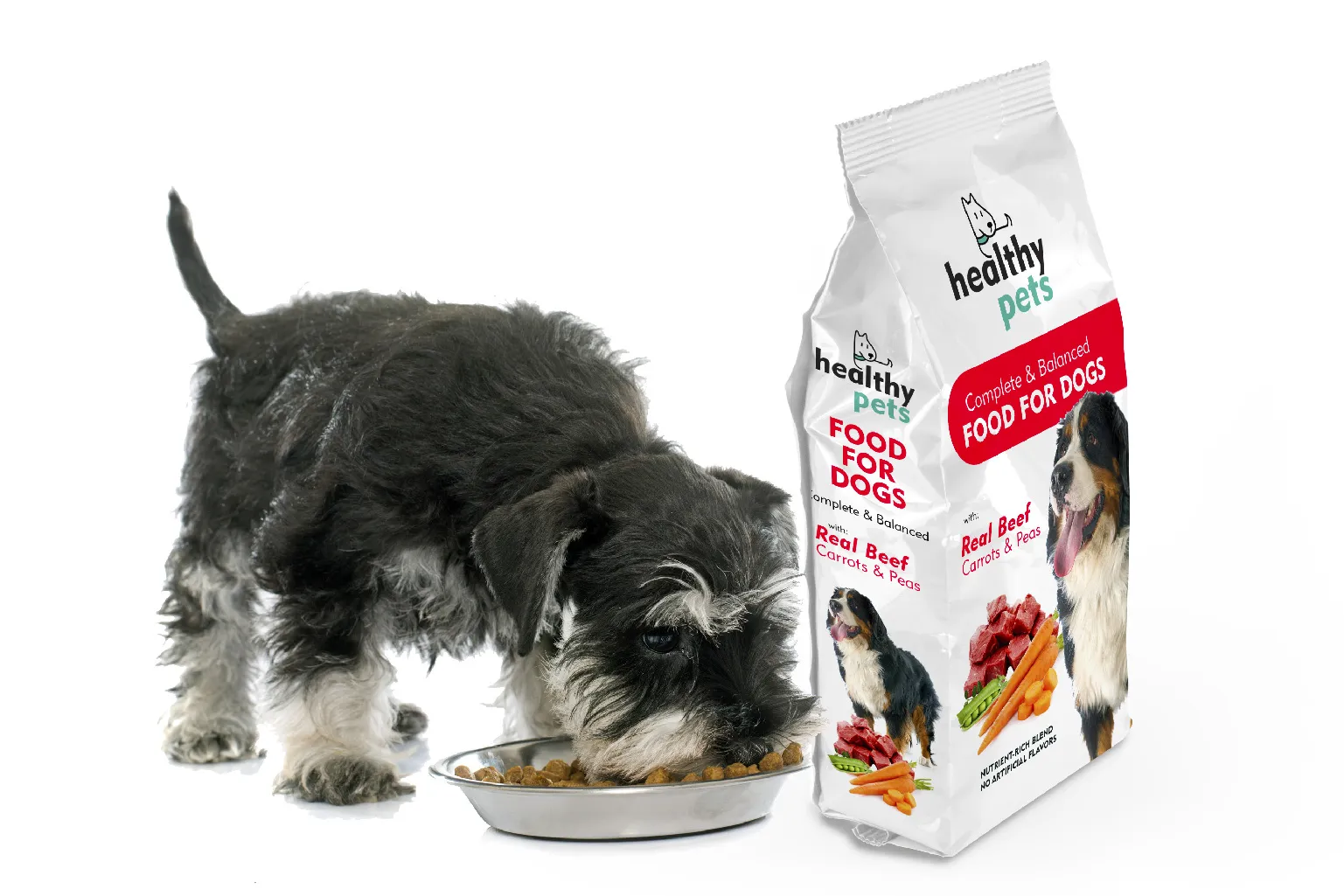What is Flexographic Printing and How Do You Prepare High-Quality Artwork for the Process?
Flexographic printing is a high-speed, cost-effective printing process commonly used for packaging materials like labels, cartons, flexible packaging, and corrugated boxes. This process uses flexible rubber or photopolymer printing plates that are wrapped around rotating cylinders. As the substrate moves through the printing area, the plates transfer inks onto it, creating the image. The process uses fast-drying inks, allowing for quick turnaround times, and can accommodate multiple colors and finishes.
Flexographic printing offers high efficiency, but it requires precise artwork preparation to ensure color accuracy, proper registration, and optimal print quality. Below, we’re highlighting five steps you should take to create artwork that’s suitable for this printing process.
Design with Simplicity and Clarity in Mind
Flexographic printing handles bold, simple designs better than intricate details. Avoid small text, thin lines, and overly complex patterns that might not reproduce well. You should also avoid gradients or other fine details that require high-resolution printing. Overall, it’s best to stick to vector graphics for sharp, scalable designs.
Consider the Substrate
Flexographic printing can be done on a wide range of materials. Each has unique characteristics that can impact how your design appears. On plastic films, colors might appear more vibrant but can have a higher dot gain. Kraft paper offers a natural, rustic look but may dull colors. Foil or metallic substrates can create eye-catching effects but require special inks.
Mind the Number of Colors in Your Art
Each color in a flexographic printing job requires its own plate, and each plate requires its own “deck” on the printing press.
Photo-realistic images usually always require four colors — cyan, magenta, yellow, and black. Most jobs will also require a white plate. Barcodes, text, or non-process black line work usually calls for an additional black plate. (The “process black” listed above is not suitable for black solid lines.) An easy way to save yourself a deck is to print barcodes and text in a dark color already existing in your artwork, like a dark blue or a brown with a low-red composition. Additionally, you’ll have to consider whether your finished print will require a varnish coat, which also requires a deck.
Overall, it’s best to keep your colors to a minimum, as this can help you keep costs down and boost efficiency.
Set Up Correct Bleeds and Safe Zones
Flexographic printing often involves slight variations in registration — the alignment of different print layers. So, you’ll need to set up bleeds and safe zones. Typically, you should add ⅛ inch of bleed to ensure artwork extends beyond the trim line. You should also keep text and important elements within a safe zone of at least ⅛ inch from the trim edge. That way, you won’t risk errors on the final packaging.
Collaborate with Your Flexographic Printing Partner Early
Of course, there may be other items you must keep in mind to ensure a quality finished product. That’s why it’s so important to collaborate with your printer early. Since flexographic printing has unique constraints — like lower resolution, ink absorption variations, and precise registration requirements — working with your printer early on can help prevent costly revisions and production delays.
If you’re looking for an experienced packaging manufacturer to help you, turn to PPC Flex. As a reliable partner dedicated to quality, innovation, and customer satisfaction, we provide a diverse range of customizable packaging solutions that are tailored to your brand. When you work with us, you’ll get high-quality materials and support from a friendly and knowledgeable team.
Our state-of-the-art manufacturing processes, numerous industry certifications, and robust materials ensure that your packaging not only meets but exceeds your expectations, delighting your customers every time. We also offer eco-friendly options to appeal to environmentally conscious consumers and help you contribute to a greener future.
From the initial design to the final shipment, our team is committed to understanding your brand and providing assistance at every step. With our fast and flexible factories, we adapt to your production needs, eliminating the challenges of over- or under-production.
Have Questions About Flexographic Printing? We’re Here to Help
Ready to elevate your packaging? Contact our team for an initial consultation.
